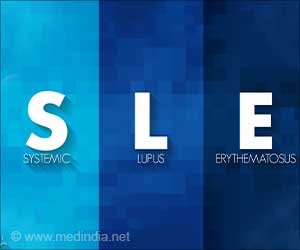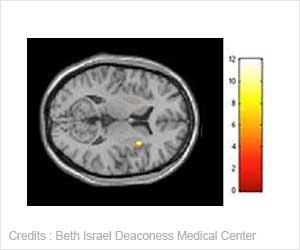Individual Tau proteins interact with and disrupt the cell membrane of neurons.

TOP INSIGHT
The cores of Tau protein are made up of two small peptides, PHF6 and PHF6, and they play important roles in driving Tau aggregation and assembly into fibrils.
The cell membrane has been shown to play a role in regulating Tau’s aggregation properties and physiological functions, but we still do not understand how the interplay between Tau and lipid membranes can lead to the loss of neurons seen in Alzheimer’s disease.
Now, the lab of Hilal Lashuel at EPFL, in collaboration with the lab of Thomas Walz at the Rockefeller University, found that individual Tau proteins interact with and disrupt the cell membrane of neurons. This disruption gives rise to highly stable complexes made up of several Tau proteins as well as fat molecules (phospholipids) from the membrane.
Subsequent studies showed that the protein/phospholipid complexes are more readily taken up by neurons compared to the fibril form of the protein, and induce toxicity in primary neurons of the hippocampus in vitro.
The hippocampus is where memory is processed, and loss of hippocampal neurons is a classic symptom of Alzheimer’s disease. The complexes were detectable with an antibody (MC-1) that is used as a standard for detecting pathological conformations of Tau, meaning that they share some features of the pathological form of the protein.
In collaboration with Professor David Eliezer at Weill Cornell School of Medical Sciences in New York, the researchers used Nuclear Magnetic Resonance (NMR) to gain insight into the structure of Tau in the core of the complexes. This revealed that the cores are made up of two small peptides, each only six amino acids long.
Building on their findings, the researchers were able to produce mutant Tau protein. The introduced mutations disrupted Tau’s ability to interact with cell membranes, but did so without interfering with its ability to form fibrils.
The idea behind this is that such mutants can be used to uncouple these two processes, which would allow researchers to investigate the effect that these membrane interactions have on the function, aggregation and toxicity of Tau in primary neuron cultures.
This would be a first step in gaining a clearer picture of how Tau tangles begin to form, which would be critical if we are to develop efficient therapies to counteract their toxicity.
"Our findings point toward a novel form of Tau protein/phospholipid complexes that might be part of a membrane-dependent mechanism that regulates Tau structure, oligomerization, toxicity, and possibly its normal and aberrant trafficking between and within neurons," says Hilal Lashuel.
"By developing tools that allow us to detect, disrupt and/or target these complexes, we hope to identify novel strategies to inhibit Tau aggregation, toxicity, and pathology spreading in the Alzheimer’s brain."
Source-Eurekalert
 MEDINDIA
MEDINDIA




 Email
Email






